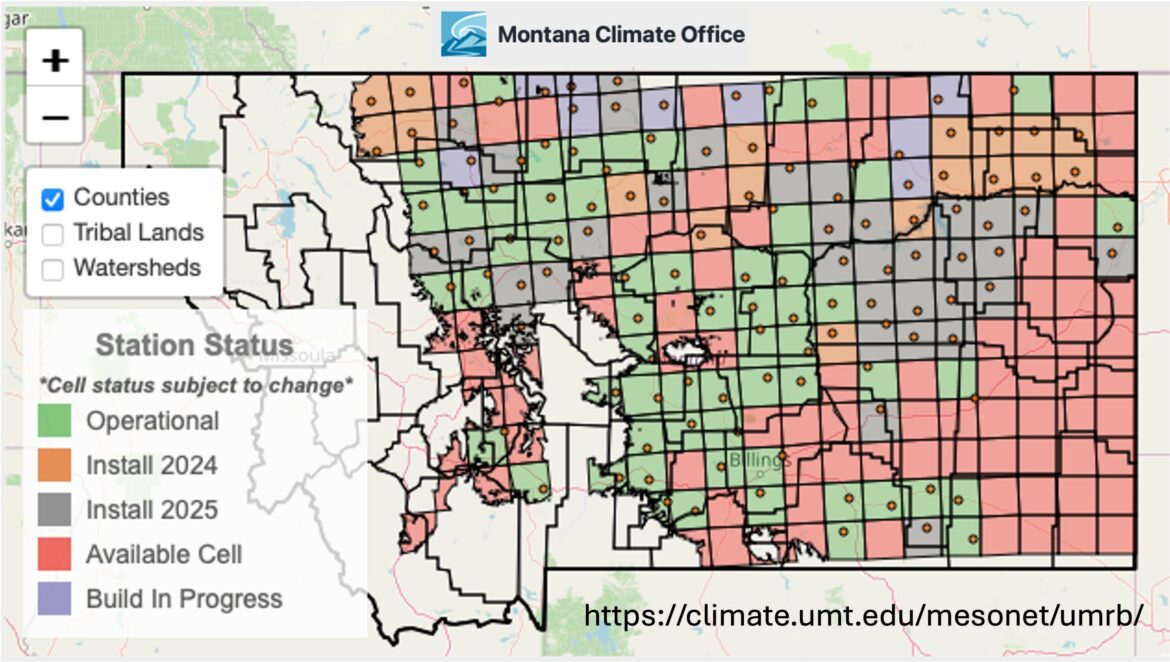New Weather Monitoring Tool Benefits Montana’s Farmers and Ranchers
By Brett McRae, Northern Ag Network
Montana’s agricultural community is set to benefit from a groundbreaking tool designed to provide crucial environmental data. The Montana Mesonet dashboard, spearheaded by Professor Kelsey Jencso, the W.A. Franke Endowed Professor of Hydrology at the University of Montana and the Montana State Climatologist, is transforming how farmers and ranchers access and utilize weather and soil information.
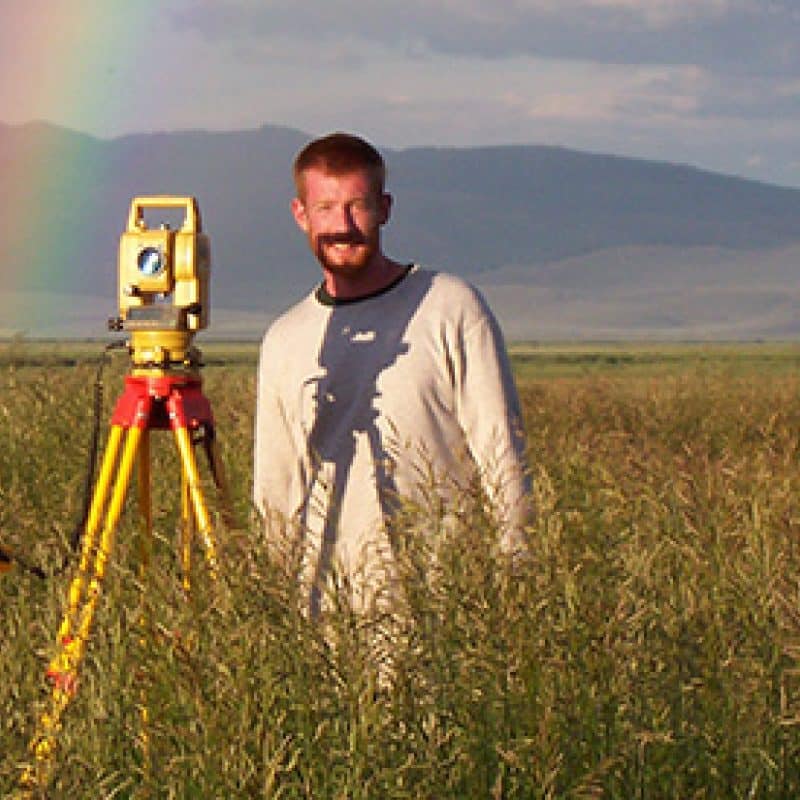
“The Montana Mesonet System is a tool that not only evaluates current weather conditions but also provides soil temperatures and other environmental data that ranchers can use” said Professor Jencso.
Started in 2016, the Montana Mesonet System is a densely spaced network of weather stations across the state. It began with six stations, installed as part of a summer road trip with agricultural experiment stations. These stations measure soil moisture and temperature at five depths, along with standard weather variables such as wind speed, temperature, and humidity. This data, collected every five minutes, is accessible via a web-based application, called the Montana Mesonet Dashboard, providing real-time insights into weather conditions.
Since its inception, the network has expanded to 136 stations, thanks to partnerships with watershed groups, individual farmers, and state entities like the DNRC and Montana Bureau of Mines and Geology. A recent $21 million grant from the Army Corps of Engineers will further increase the network to over 300 stations, enhancing monitoring capabilities for soil moisture and snowpack.
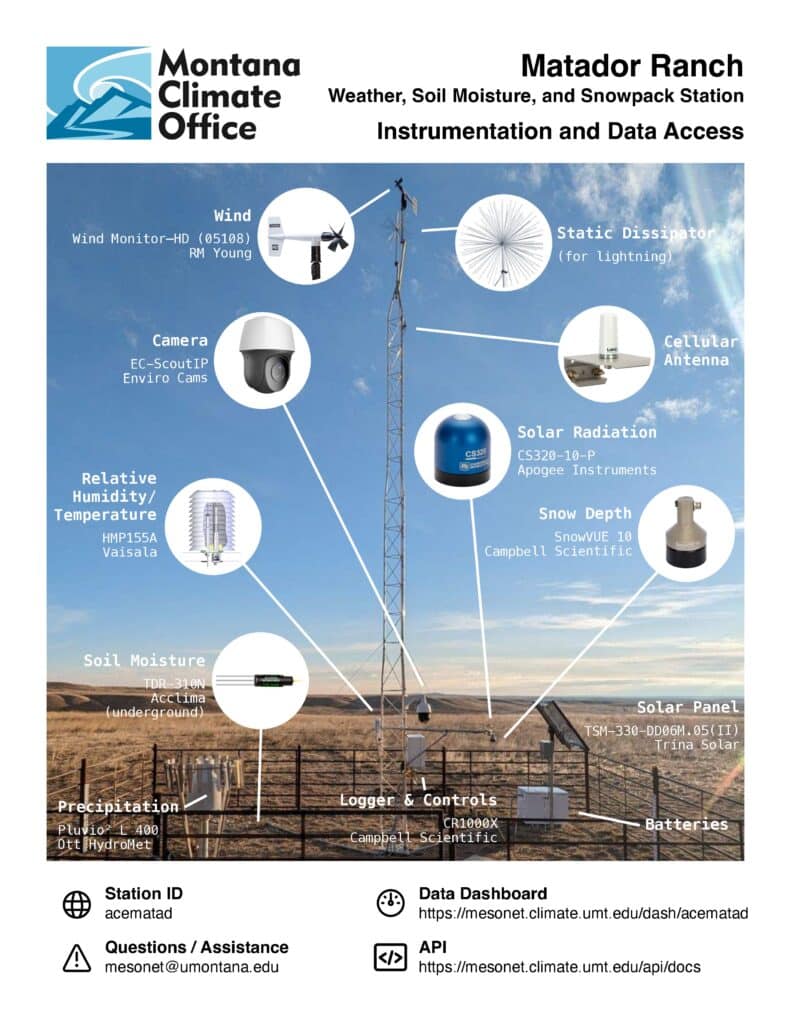
“The dashboard allows us to visualize this data in near real-time,” explained Jencso. “It’s a powerful tool for documenting weather conditions, such as windstorms and drought impacts, and making this information accessible to everyone.”
The expansion includes a focus on partnering with private landowners. “Some of our best partnerships have been with farmers and ranchers,” Jencso noted. “We’re actively looking for new partners to help us expand this network across the state.”
Feedback from users has been instrumental in shaping the dashboard’s development. The data collected is used not only by local farmers but also by the National Weather Service, River Forecast Centers, and the Governor’s Drought and Water Advisory Committee for critical modeling and drought assessments.
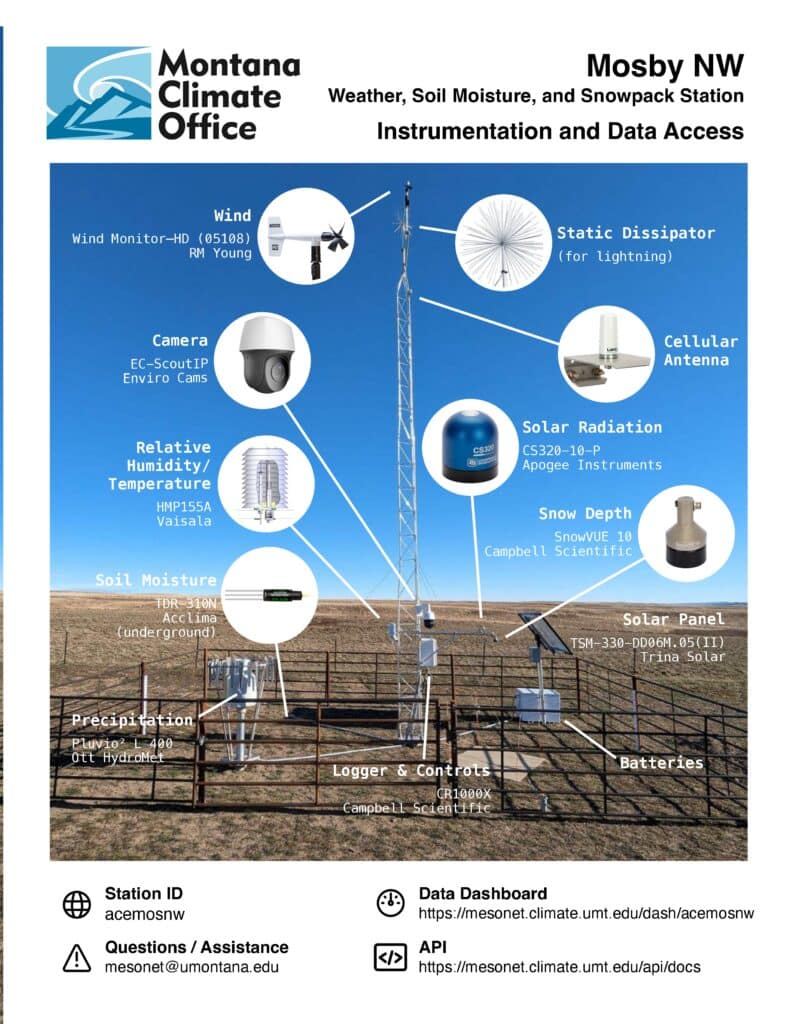
One notable planned feature is the development of precision agricultural tools, such as growing degree models for crops like barley, wheat, and sugar beets. Farmers will be able to input their planting dates and track accumulated degree days, providing valuable insights into crop growth stages. The team behind the Montana Mesonet Dashboard also has plans for cattle stress calculations based on wind speed and humidity.
“The consistency and reliability of this data make it invaluable for farmers and ranchers,” emphasized Jencso. “It’s a critical resource for reporting losses and accessing federal assistance programs.”
For those interested in contributing to the network or providing feedback, Jencso encourages visiting the Montana Climate Office website. “We’re always looking for new partners and aim to have a station every 500 square miles,” he said. “Each new station improves our ability to model and predict statewide weather dynamics.”
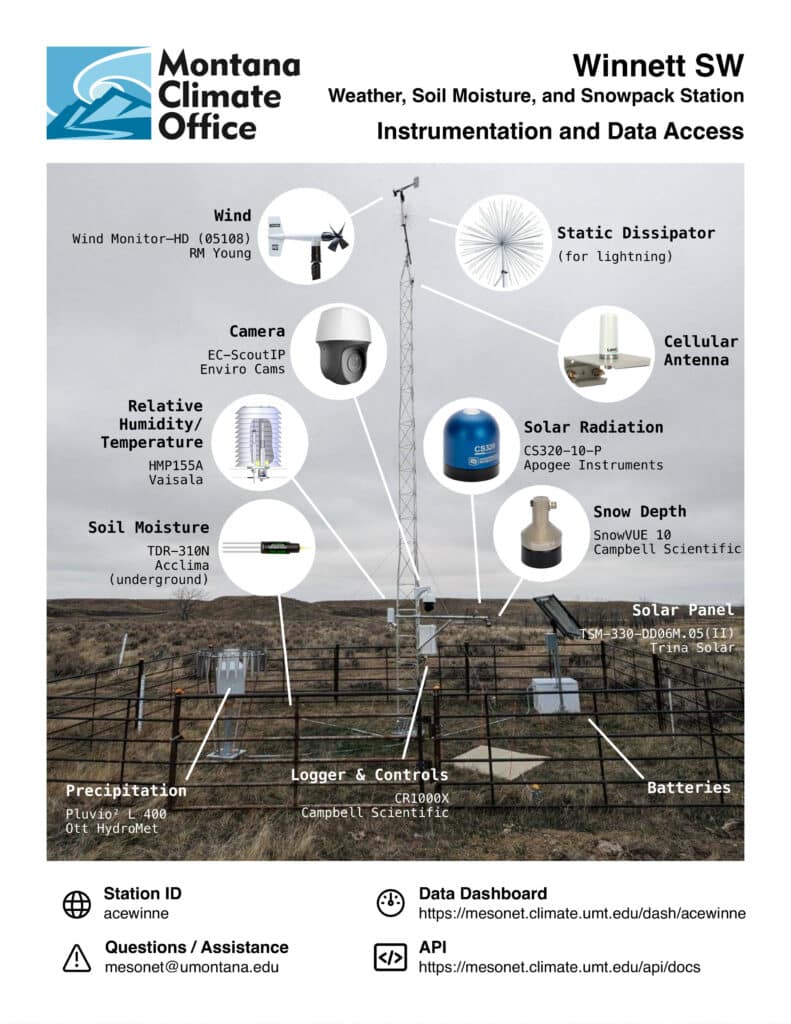
This summer, the Mesonet team is busy installing 38 new stations, focusing on areas like the Fort Peck Reservation, Fort Belknap, and the Hi-Line, with plans to expand further into southeastern Montana next year.
Jencso says that the dashboard is a tool to help agricultural producers make more informed decisions, “As we look to the future, we anticipate rolling out new tools for predicting surface water availability and precision irrigation.”
For more information, visit the Montana Climate Office website and explore the potential of the Montana Mesonet dashboard.
Montana Climate office: https://climate.umt.edu
Montana Mesonet Dashboard: https://mesonet.climate.umt.edu/dash/
Montana Mesonet Project: https://climate.umt.edu/mesonet/umrb/
Montana Climate office Drought Data: https://climate.umt.edu/drought/
###
Northern Ag Network

